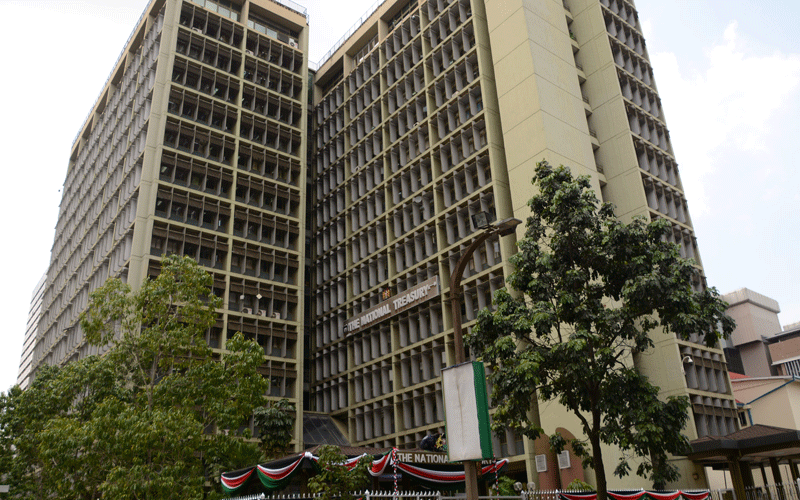Push growth areas harder, State urged
By Steve Umidha, September 15, 2021Economic experts say policy makers at the National Treasury and affiliate agencies should focus on giving more impetus to essential sectors likely to fuel the country’s economic recovery.
They say the government must re-evaluate its priority list following a review of national economic data – through a process commonly known as rebasing – which revealed that Kenya’s 2019 gross domestic product (GDP) had increased than earlier valued.
“You can see a hand of ICT in every other sector right now. And while other sectors are critical, to give policymakers something to work with in the long term, I think the government will need to also lay more focus on transport, real estate and manufacturing sectors,” commented Erick Musau – an investment analyst with Standard Investment Bank (SIB).
Musau said in a telephone interview that the State must ‘pick and choose’ sectors of concentration, while aligning its targets on the Vision 2030, whose successful delivery hinges on Public-Private Partnerships (PPPs).
Private partnerships
“Going forward I believe PPPs model will be the solution to executing some of the key projects in the pipeline and whose abilities could greatly impact on the overall GDP,” he said.
The latest update of data by the Kenya National Bureau of Statistics (KNBS) saw a 34.7 per cent drop in value of agriculture, forestry, and fishing – a key sector that declined by more than Sh1.2 trillion after the rebase exercise.
While the agricultural sector is still widely regarded as the backbone of the economy, contributing approximately 33 per cent of Kenya’s Gross Domestic Product (GDP) – and employing more than 40 per cent of the total population, the new revision found that the sector no longer represents a third of the economy even though it is still the biggest component after falling in the new structure to 20 percent from an average of 32 per cent.
“The most notable change was in the contribution of agricultural activities to total GDP that shed 12.5 percentage points from a five-year average of 32.9 percent in the old series to 20.4 percent in the new series,” noted KNBS while releasing the revised figures.
The rebased data now shows that Kenya had expanded by Sh515 billion than earlier projected after changing the base year so as to accommodate new sectors whose output had grown in recent years.
The rebasing exercise indicated that the 2019 GDP in nominal terms or economic valuation had risen to Sh10.2 trillion up from Sh9.7 trillion, when such an exercise was undertaken in 2014, according to the National Economic Survey by KNBS.
New base year
Kenya had rebased its economy in September 2014, having revised the base year to 2009 from 2001 previously, which grew the GDP per capita from $994 (Sh108,346) to $1,256 (Sh136,904) and catapulted the country to middle-income status. The process ordinarily gives an accurate reflection of the structure and size of an economy.
This year’s move is the seventh time Kenya’s economy has conducted the exercise, with previous ones being in 1957, 1967, 1976, 1985 and 2005.
Global financier, the IMF, a private investment arm of the World Bank while giving its conditions on the $2.34 billion (Sh255 billion) loan to Kenya, had suggested that the country make the exercise periodical after every five years.
Real estate, ICT, transport and storage, financial and insurance services, and manufacturing were higher despite ironically this being the sectors that remained vibrant when the pandemic hit.
More Articles

